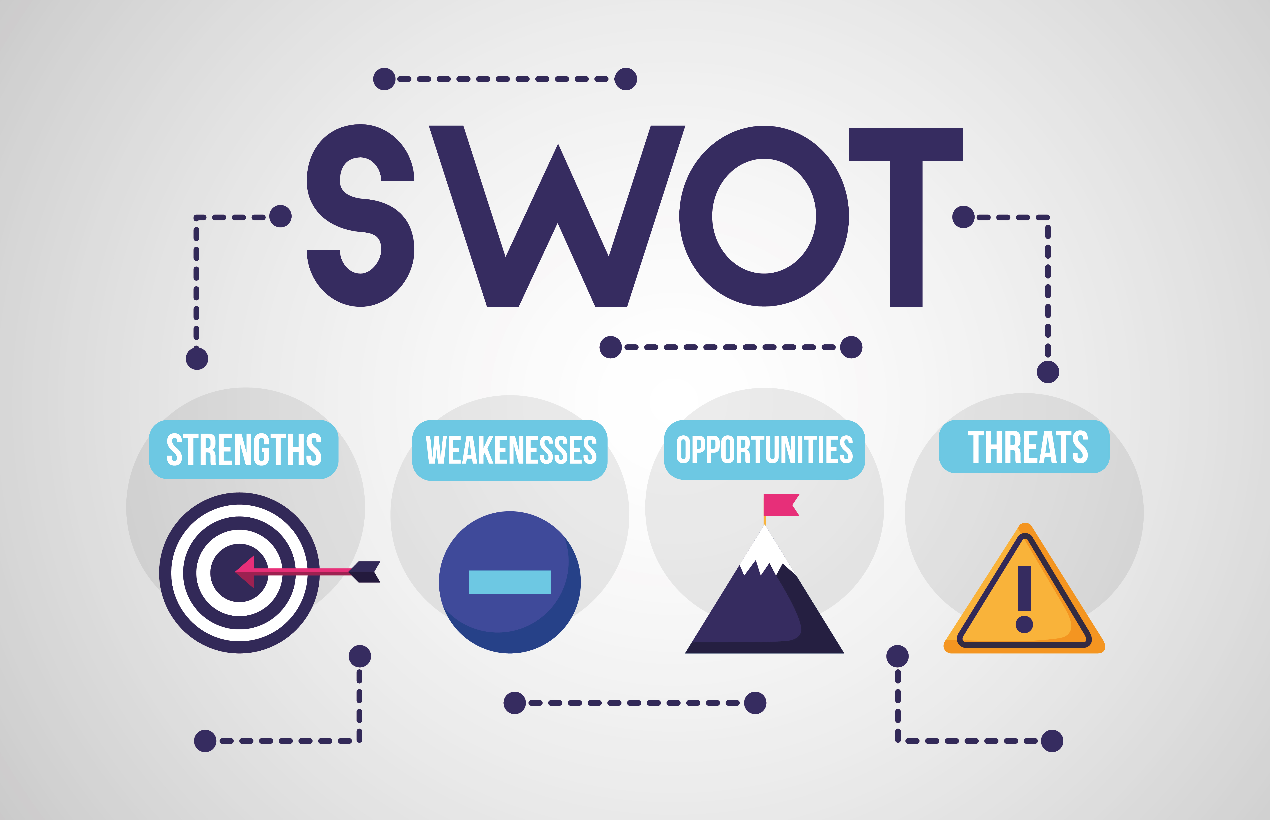Having a well-optimized online store is necessary for attracting customers and driving traffic. Shopify, one of the leading e-commerce platforms, offers a range of SEO features to help you improve your store’s visibility and increase organic traffic.
Read below to learn effective strategies and techniques to leverage Shopify’s SEO capabilities and drive more visitors to your online store. By implementing these strategies, you can enhance your store’s search engine rankings, reach a wider audience, and ultimately boost your sales and revenue.
Understanding the Basics of Shopify SEO
Why SEO Matters for Your Shopify Store
Search engine optimization (SEO) plays a vital role in improving your Shopify store’s visibility on search engine result pages (SERPs). Higher rankings lead to increased organic traffic, making it essential for your store’s success.
The Role of Keywords in Shopify SEO
Keywords are the foundation of SEO. By conducting thorough keyword research using tools like Google Keyword Planner or SEMrush, you can identify relevant keywords for your store.
Include these keywords in your content, product descriptions, titles, and URLs to increase visibility.
Optimizing Your Store’s URLs and Meta Tags
Shopify allows you to customize your store’s URLs and meta tags. Ensure they are concise, descriptive, and include relevant keywords.
Optimize meta titles and descriptions to entice users to click on your store’s link in the search results.
Importance of High-Quality Content
High-quality, informative, and engaging content is essential for both user experience and SEO. Create unique product descriptions, blog posts, and landing pages that provide value to your customers.
Use relevant keywords naturally within your content.
Utilizing Shopify’s Built-in SEO Features
Shopify offers built-in SEO features, such as customizable title tags, meta descriptions, and header tags. Take advantage of these features to optimize your store’s SEO without the need for coding or technical expertise.
Keyword Research and Optimization
Conducting Effective Keyword Research
Begin by brainstorming relevant topics and keywords related to your store and products. Use keyword research tools to identify search volumes, competition, and long-tail keyword variations.
Aim for a mix of high-volume and niche keywords.
Choosing the Right Keywords for Your Store
Focus on keywords that align with your target audience’s search intent. Consider factors like relevance, search volume, and competition. Long-tail keywords can be highly effective for niche targeting and attracting more qualified traffic.
Placing Keywords Strategically on Your Shopify Store
Once you’ve identified your target keywords, strategically place them in your page titles, headers, meta descriptions, product descriptions, and image alt text. However, ensure your keyword usage remains natural and doesn’t compromise readability.
Optimizing Product Descriptions and Titles
Craft compelling and keyword-rich product descriptions and titles. Clearly highlight the unique selling points, benefits, and features of your products. Include relevant keywords naturally to improve your product pages’ visibility in search results.
Utilizing Long-Tail Keywords for Niche Targeting
Long-tail keywords are longer, more specific keyword phrases that have lower search volume but higher conversion potential. Incorporate long-tail keywords into your content, product descriptions, and blog posts to attract highly targeted traffic.
Optimizing Your Store’s On-Page Elements
Optimizing Page Titles and Headings
Page titles and headings are crucial for SEO. Craft descriptive and keyword-rich titles and headings that accurately represent the content on each page.
Use headertags (H1, H2, etc.) to structure your content and include relevant keywords within them.
Writing Compelling Meta Descriptions
Meta descriptions are brief summaries displayed in search results. Write compelling and concise meta descriptions that entice users to click on your store’s link. Include relevant keywords naturally while providing a clear overview of your page’s content.
Image Optimization for Improved SEO
Optimize your images by using descriptive file names and alt text that includes relevant keywords. Compress images to reduce their file size, ensuring faster loading times for your store.
Shopify also provides image captions or descriptions to further enhance SEO.
Structuring URLs for Search Engine Visibility
Create clean and readable URLs that incorporate relevant keywords. Avoid using long strings of numbers or random characters.
Shopify allows you to customize your URL structure, making it easier for search engines and users to understand your page content.
Utilizing Schema Markup to Enhance Rich Snippets
Schema markup provides structured data to search engines, helping them understand your content better. Implement schema markup on your Shopify store to enhance rich snippets, which can improve your click-through rates and visibility in search results.

Creating Engaging Content
Importance of Content Marketing for Shopify SEO
Content marketing plays a vital role in driving organic traffic to your Shopify store. By creating informative and engaging content, such as blog posts, videos, and guides, you can attract and engage your target audience while improving SEO.
Writing Informative and SEO-friendly Blog Posts
Start a blog on your Shopify store and regularly publish informative and relevant blog posts. Incorporate targeted keywords naturally within your content. Provide valuable information, tips, and insights that resonate with your audience.
Incorporating User-Generated Content
Encourage your customers to leave reviews, testimonials, and user-generated content (UGC) like photos or videos. User-generated content adds authenticity and social proof to your store, attracting more visitors and improving SEO.
Leveraging Videos and Visuals
Use videos, images, and infographics to enhance your content and engage users. Optimize video descriptions and titles with relevant keywords.
Create visually appealing product demonstrations, tutorials, or behind-the-scenes videos to capture your audience’s attention.
Establishing a Content Promotion Strategy
Promote your content through various channels, such as social media, email newsletters, and guest posting on relevant blogs. Encourage social sharing and engagement to expand your reach, increase brand awareness, and drive traffic back to your Shopify store.
Building High-Quality Backlinks
Understanding the Significance of Backlinks
Backlinks are links from external websites that point to your Shopify store. They signal to search engines that your store has authority and credibility. High-quality backlinks can significantly improve your search engine rankings and organic traffic.
Identifying Quality Link Building Opportunities
Look for reputable and relevant websites within your industry to acquire backlinks. Explore partnerships, collaborations, and guest posting opportunities.
Consider reaching out to influencers, bloggers, or industry publications for potential link-building opportunities.
Guest Blogging and Influencer Outreach
Guest blogging involves writing informative articles for other websites in exchange for a backlink to your store. Identify influential bloggers or industry experts and pitch them your content ideas. Collaborating with influencers can also help you acquire valuable backlinks and expand your reach.
Leveraging Social Media for Link Building
Utilize social media platforms to share your content and engage with your audience. Actively participate in industry-related discussions, join relevant communities, and share valuable insights. When others find your content useful, they may link to it, boosting your backlink profile.
Monitoring and Analyzing Your Backlink Profile
Regularly monitor your backlinks using tools like Google Search Console or third-party SEO tools. Analyze the quality and relevance of your backlinks. Disavow any spammy or low-quality links that may harm your SEO efforts. Focus on acquiring high-quality backlinks from authoritative sources.
Monitoring and Improving Your SEO Efforts
Analyzing Key SEO Metrics
Keep track of key SEO metrics to evaluate the effectiveness of your efforts. Monitor metrics such as organic traffic, keyword rankings, bounce rate, and conversion rates. Identify areas for improvement and adjust your strategy accordingly.
Using Google Analytics and Shopify Reports
Utilize Google Analytics and Shopify’s built-in reporting features to gain insights into your store’s performance. Analyze user behavior, traffic sources, and conversion data. Use this information to optimize your SEO strategy and make data-driven decisions.
Conducting Regular SEO Audits
Perform regular SEO audits to identify areas where you can further optimize your Shopify store. Evaluate on-page elements, content quality, site speed, mobile responsiveness, and user experience. Address any issues that may hinder your store’s SEO performance.
Staying Updated with SEO Trends and Algorithms
Stay informed about the latest SEO trends and algorithm updates. Follow reputable industry blogs, attend webinars, and engage in SEO communities. By staying up-to-date, you can adjust your strategy to align with best practices and algorithm changes.
Making Continuous Improvements to Your SEO Strategy
SEO is an ongoing process. Continuously refine and improve your SEO strategy based on data, insights, and user feedback. Test different approaches, experiment with new keywords, and adapt to changes in the competitive landscape to stay ahead.
Wrap-up
By harnessing the power of Shopify’s SEO capabilities and implementing effective strategies, you can significantly enhance your store’s visibility, attract a steady stream of organic traffic, and drive sales and revenue growth. With a well-optimized Shopify store, you can reach your target audience more effectively, increase brand visibility, and ultimately achieve e-commerce success.



